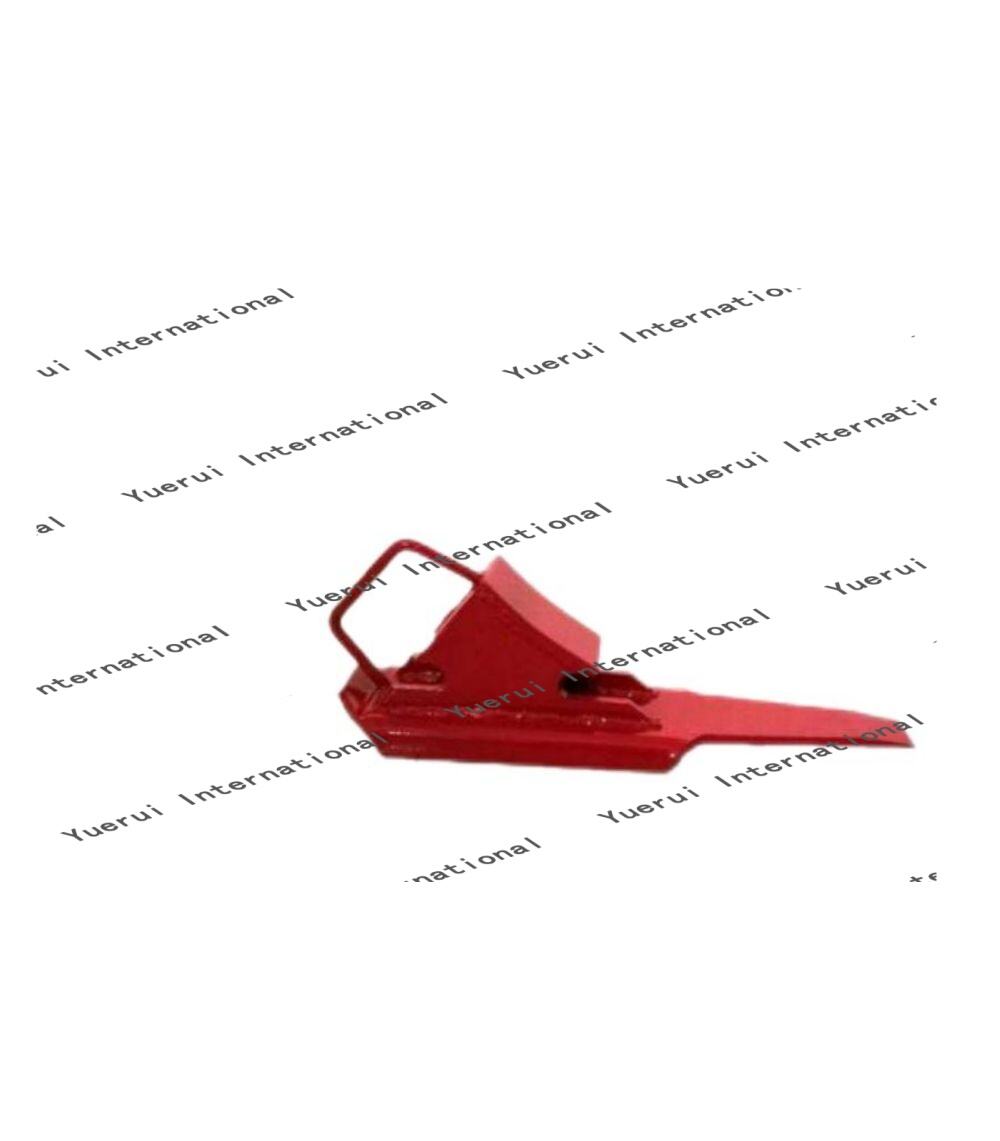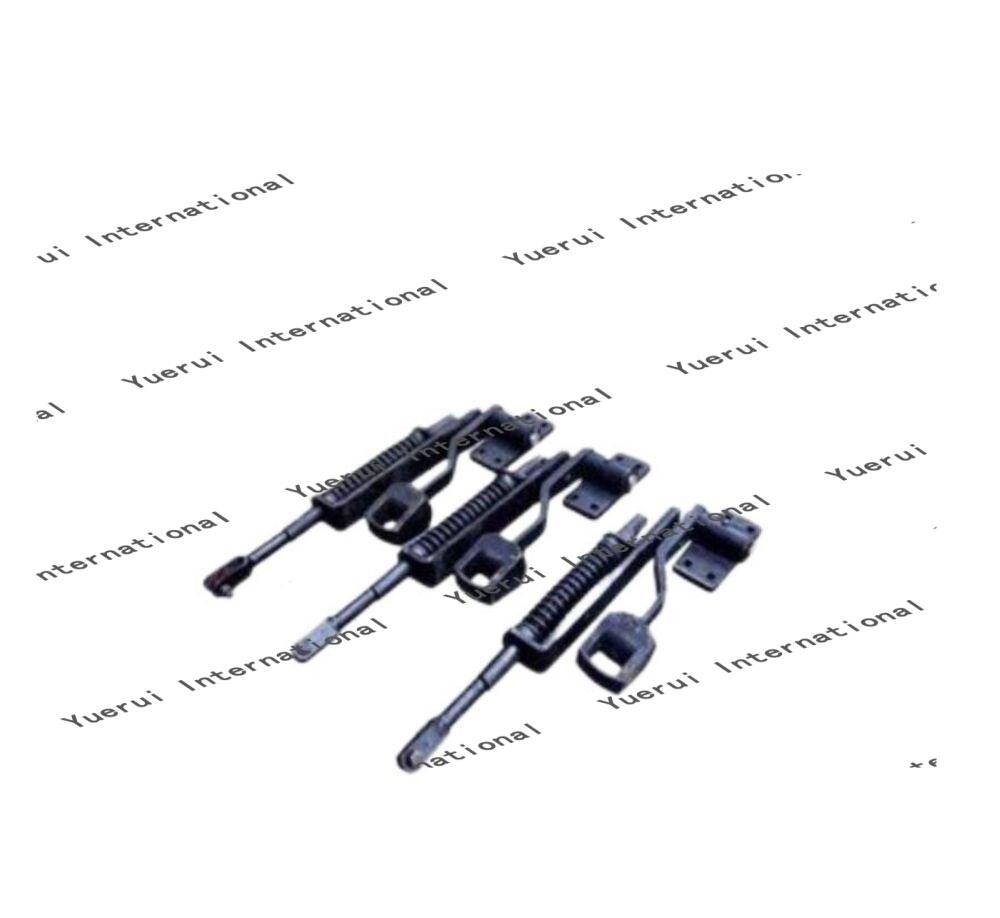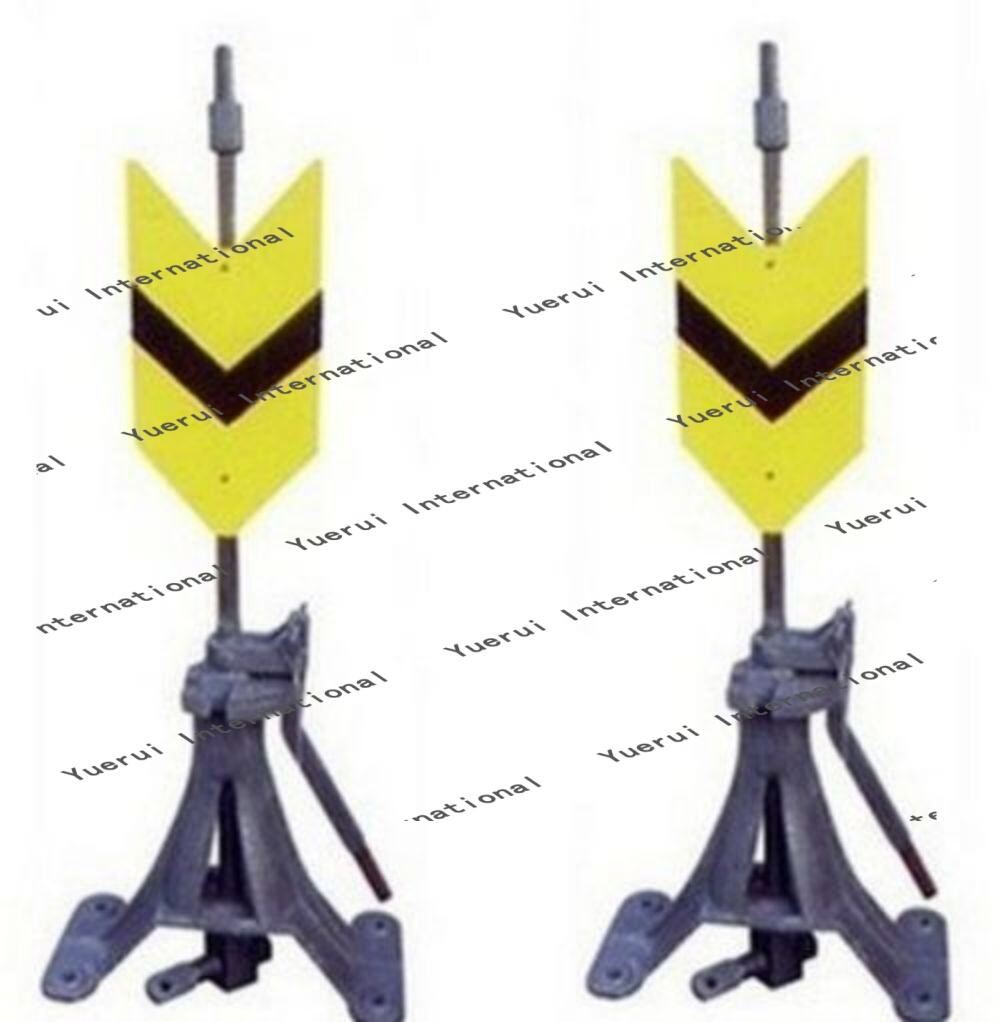railroad machinery
Railroad machinery represents a crucial component of modern railway infrastructure maintenance and construction. These sophisticated pieces of equipment encompass a wide range of specialized machines designed to perform various tasks essential for railway operations. From track laying machines and ballast regulators to rail grinders and tamping machines, each piece of equipment serves a specific purpose in maintaining and expanding rail networks. The machinery utilizes advanced technology including precision control systems, automated operation capabilities, and state-of-the-art safety features. These machines are engineered to handle the demanding requirements of railway maintenance, capable of operating in various weather conditions and terrains. They incorporate innovative features such as laser guidance systems for accurate track alignment, automated measurement systems for track geometry, and sophisticated diagnostic tools for preventive maintenance. The equipment is designed to maximize efficiency while minimizing disruption to regular rail traffic, allowing for rapid deployment and operation. Modern railroad machinery also emphasizes environmental consciousness, featuring fuel-efficient engines and reduced noise pollution systems. The integration of digital technology enables real-time monitoring and data collection, facilitating predictive maintenance and optimal performance tracking.


